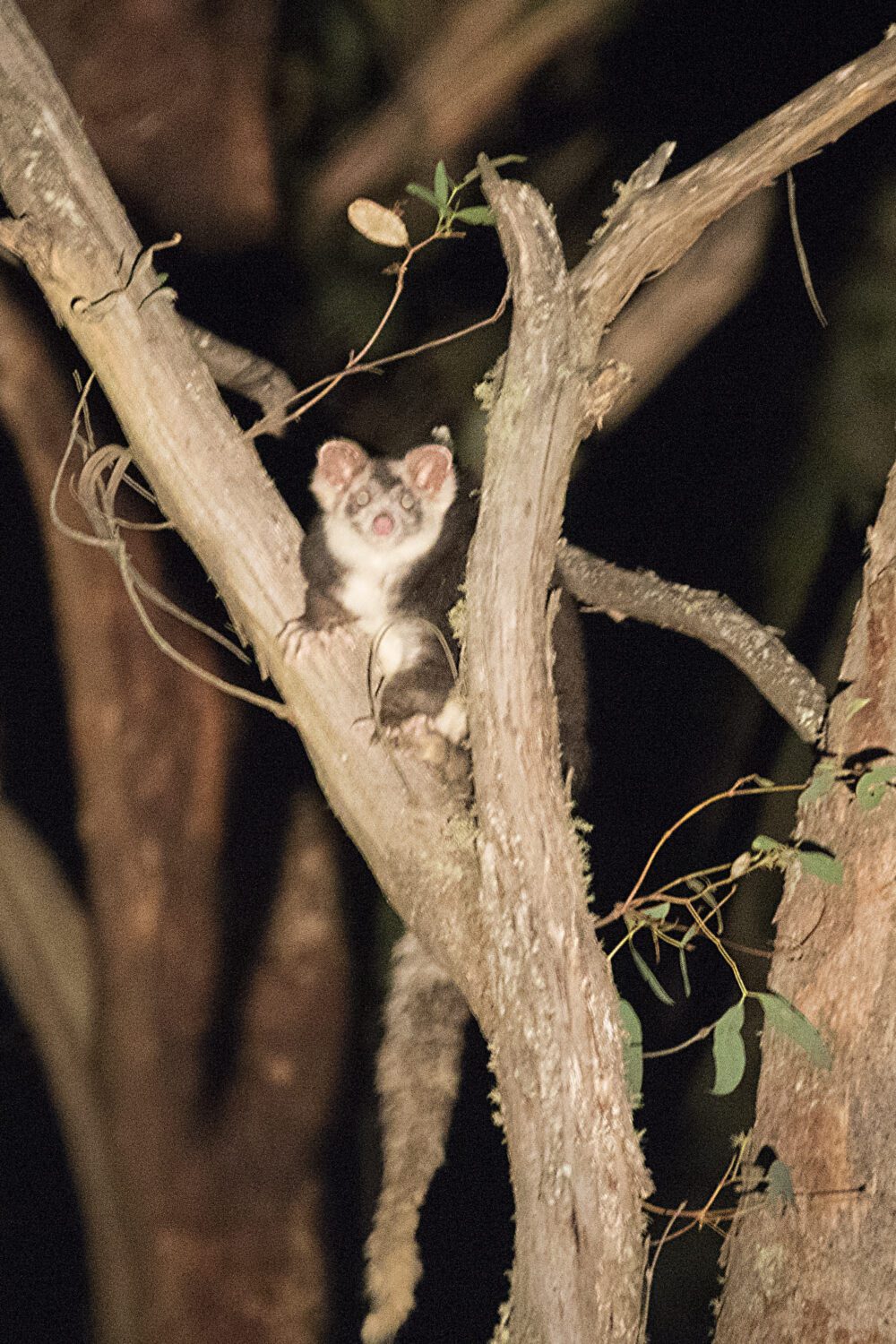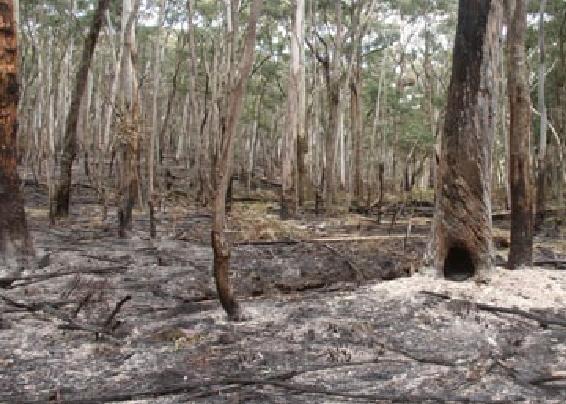The issues of fire management in the Wombat Forest is complex and often emotional. With climate change, Victoria has had and continues to expect hotter and drier weather. There is a lot of pressure to undertake ‘controlled burns’ to help protect residents. These burns however impact on the ecosystem of the forest.
Living with fire in the Wombat Forest
For all of us living close to a forest the summer is a time of apprehension. Will this be the year we have the Big Fire? Lessons have been learnt, there are now guidelines to help us survive and save our houses. We reduce the fuel around our houses, prepare our pumps and clothe ourselves appropriately.
However the Fuel Reduction Burning in the forest gives rise to a diversity of opinion. Some residents wish for regular burning of the forest while others raise environmental concerns.
The issues are complex, fuel reduction burning may assist in the control of a wildfire, but the primary issue is the relationship between the fire and the weather. The temperature and the humidity create the conditions and the wind controls the rate of spread of the fire. On Ash Wednesday the temperature rose to 43 degrees and the wind reached gusts of up to 102 km/h. We will never have control over these elements.
Our forests are also complex. Fallen leaves and litter is part of the nutrient cycle. Small insects convert this into nutrients and minerals which are absorbed by the trees. Fire destroys this cycle, nitrogen is lost and nitrogen fixing shrubs replace the litter and can become a fire hazard.
Charcoal records point to our wet forests burning every 300 years prior to European settlement.
The Wombat is not a wet forest but this leads us think about what the natural fire frequency would have been in the Wombat. In the past 200 years we have radically changed the Australian environment, we have used fire as a tool to clear the land and accidentally lit fires which have spread out of control. Frequent large fires and the extinction of many species are our European legacy.
Our forests are flammable but we need to ask if we are making our forests more fire prone by frequently burning large areas. If we leave the forest alone and allow the natural systems to operate, will the forest be more resistant to the damage from wildfire?
Thousands of hectares of the Wombat Forest are listed for fuel reduction burns over the next three years. In most of these burns 80 – 90% of the area will be burnt regardless of gullies or drainage lines. One thousand hectares is listed for an area west of Blakeville, which is home to our largest population of Greater Gliders. The Gliders are not necessarily safe in their hollows during the burn; they can suffer smoke inhalation which can lead to pneumonia and death.
As a community we need to consider these issues, can we be more strategic with fuel reduction? Is it necessary to repeatedly burn large areas in the forest?
Members of Wombat Forestcare have made submissions to the Fire Operations Plan raising many ecological issues and are hopeful that DSE in the planning of fuel reduction will consider these issues.
BURN, The Epic Story of Bushfire in Australia, by Paul Collins is recommended reading on this topic. BURN is published by Allen & Unwin (ISBN 1-74175-053-9).
By Gayle Osborne
Greater Gliders under threat from Planned Burns
MEDIA RELEASE
6 April 2018

Greater Glider in Wombat State Forest. Photo: Gayle Osborne
The Victorian government plans to ignite burns over a known Greater Glider population in the Wombat State Forest as early as next week, back-flipping on its promise not to burn during the species breeding season.
“Wombat Forestcare has requested that the Minister for the Environment, Hon Lily D’Ambrosio intervene and halt planned burns in the Wombat State Forest that encompass Greater Glider populations during the breeding season,” said Gayle Osborne, spokesperson for Wombat Forestcare.
The Minister has not responded.
The Blakeville-Cricket Ground Track (5MDA0017) planned burn includes an area where nine Greater Gliders were recently recorded, including four breeding trees. Greater Gliders are a threatened species listed as ‘vulnerable’ by both the State and Federal Governments due to the rapid decrease in their populations.
Letters last year from the Minister’s office and the Chief Fire Officer both state that DELWP* would implement mitigation measures to protect Greater Gliders, including avoiding burning in the Greater Glider breeding season. The breeding season is from February to June. Despite this, DELWP this week confirmed its intentions to press ahead with the Blakeville burn and refused to publish its burn plan.
Greater Gliders are the largest gliding possum in Australia and resemble a fluffy Persian cat with a very long furry tail. It has large furry ears and a short snout. They are an arboreal nocturnal marsupial, existing on a diet of eucalyptus leaves and dependent on large tree hollows for denning and breeding.
“Both State and federal government scientists have advised that planned burns are a key threat to Greater Gliders – yet the government plans to go ahead and recklessly burn the species breeding sites at the worst possible time” said Ms Osborne.
“DELWP could exclude an area of approximately 100ha from the 500ha Blakeville burn, which would protect the gullies with gliders, instead they have not put effective protections in place and are refusing to publish their burn plan.” said Ms Osborne
“Many people have never seen a Greater Glider and are unaware that this superb creature is found in isolated patches in the Wombat Forest, which form an important isolated population at the south-western extent of the species’ range,” said Ms Osborne.
“DELWP undertook to develop prescriptions to protect Greater Gliders in planned burns by early this year and having failed to do this are now proceeding with the burns anyway without putting adequate protections in place,” said Ms Osborne.
“Wombat Forestcare is greatly concerned that the number of planned burns in Greater Glider habitat could significantly affect the Greater Glider population in the Wombat Forest,” said Ms Osborne.

